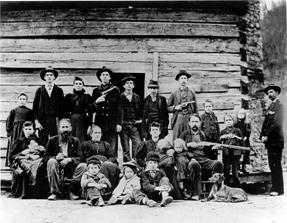Interpreting honeybees
How will we interpret our bee-in-a-zucchini-patch data set as a whole?
By looking closer at the data, we can begin to speculate how bees might view dandelions. Put simply, do bees like dandelions?
Let’s consider three possibilities:
- Bees love dandelions -- in that case, we'd expect bees to visit dandelions alot, even when there aren't very many dandelions, so
% dandelion visits % dandelions in field - Bees hate dandelions -- in that case, we'd expect bees to avoid dandelions, even when there are alot of dandelions in a field, so
% dandelion visits % dandelions in field - Bees don't care one way or the other about dandelions -- in that case, we'd expect bees to visit dandelions randomly -- in other words, about as often as dandelions appear in the field, so
% dandelion visits % dandelions in field
So, remember our bee data:
| The bee's path | d z z d z | d d z z z | d z d z z | z d d z z |
|---|
Dandelions in field = 10%
Dandelion visits by bees = 40%

This is a somewhat tricky concept, so you might need to go through the reasoning a couple of times. It may help also to think of it in less technical terms. For example: The Hatfield’s and McCoy's are both large families -- you can't help but run into one of them every time you go to town. BUT, if you never see a Hatfield and a McCoy at the same time and place, you might suspect that the two families are avoiding one another:
% times Hatfields occur in town: large
% of times Hatfields occur with McCoy's: small
Conclusion: avoidance
Copyright University of Maryland, 2007
You may link to this site for educational purposes.
Please do not copy without permission
requests/questions/feedback email: mathbench@umd.edu